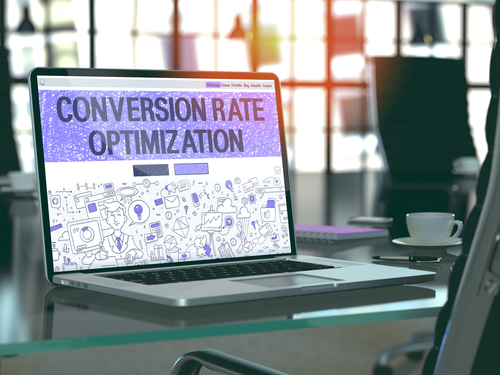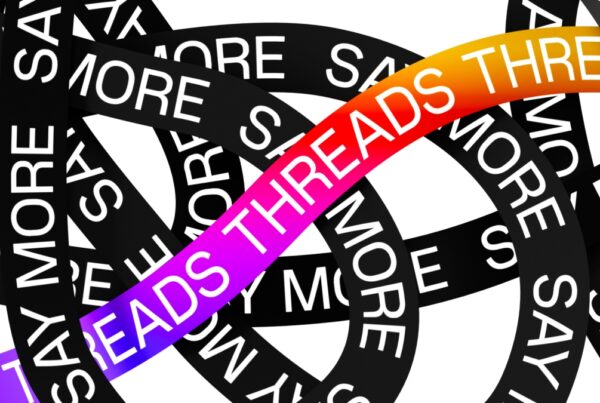
If you have a website that’s designed to generate leads or sell products, your conversion rate is an essential metric. Conversions occur when visitors or prospects become leads and customers. Conversion Rate Optimization or CRO is the process of improving your conversion rate by turning more visitors into quality leads and paying customers. Put more simply, increasing your CRO means getting more people to take action rather than leaving your website without engaging.
Types of Conversion Rates
How you define a conversion depends on the purpose of your website and what kind of offers you present to visitors. There are two main types of conversions: micro and macro. A micro conversion is when a visitor takes any action, such as filling out a form, leaving a comment or watching a video on your site. Macro conversions occur when visitors take a bigger step, which usually means buying a product or signing up for a service. While macro conversions are obviously more desirable, your goal should be to improve your conversion rate for both micro and macro conversions.
How Conversion Rates Are Calculated
Conversion rates are calculated with a simple ratio. You take the total number of actions/transactions, divide by the number of visitors and multiply by 100. Expressed as a formula, Conversions=Transactions/Visits x 100. For example, suppose you have 10,000 visitors during a certain month. Assume 250 of these visitors bought a product. Your CR is 250/10000 x 100 = 2.5%. You might then set a goal to increase your CR to 4%.
Why Conversion Rate Optimization is Crucial
It’s obvious that the more sales a business makes, the more successful it is. When it comes to online marketing, however, it’s easy to get diverted by lots of interesting metrics. For example, you might look at website traffic or followers on social media. Such numbers, however, don’t necessarily help your bottom line if they don’t translate into conversions. Calculating your conversion rate gives you a simple way to quantify how a page or offer is performing. There are several key benefits to optimizing conversion rates.
4 Key Benefits to Conversion Rate Optimization
- Helps you identify the features or that entice visitors to take action. You can take this knowledge and use it in future campaigns
- You spend less money on advertising as you get better results from your ads and landing pages
- Lower customer acquisition costs
- Build your brand’s credibility as you make your website more appealing to customers
Tips to Improve Conversion Rates
Here are a few ways to improve your conversion rates.
- Improve Website UX. Improving the user experience on your website can improve conversions. Test factors such as page-loading speed, navigation, layout and design features.
- Make sure your site is mobile-friendly. Many customers and visitors today will be using mobile devices. If your site isn’t optimized for mobile, your conversions may suffer.
- Do Split Testing. Run split or A/B tests on features such as fonts, colors, calls-to-action and opt-in forms. For example, you can sometimes improve conversions by simplifying forms and demanding less information from subscribers.
- Improve your SEO. Search engine optimization helps your conversions by making it easier for the right customers to find your website.
If you’re looking for help in getting your website to generate more leads, contact Moxie Digital for conversion rate optimization support.




